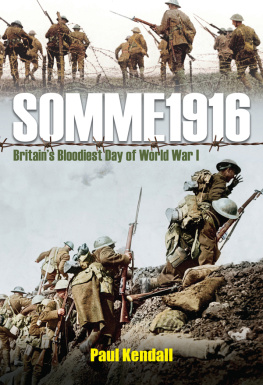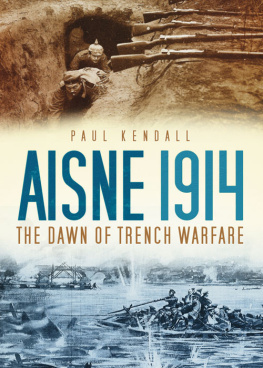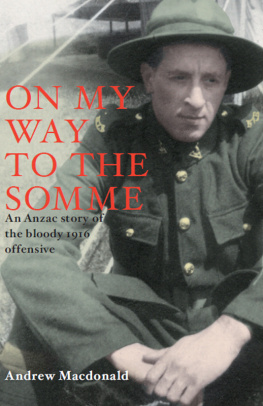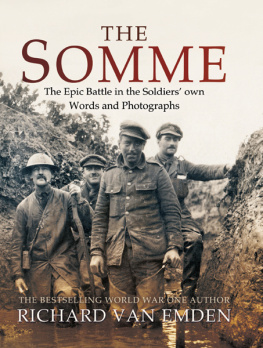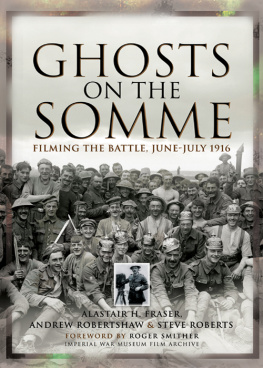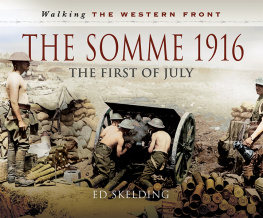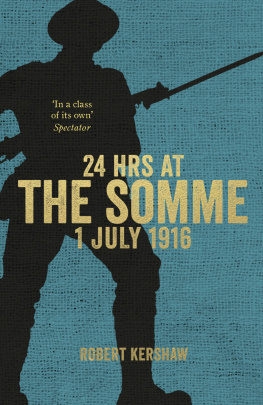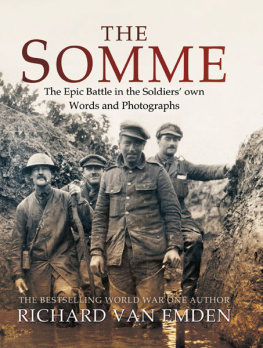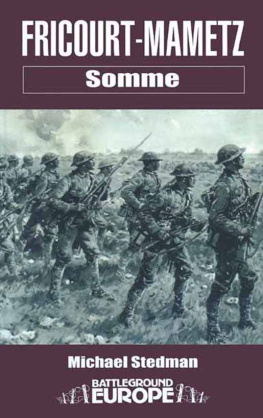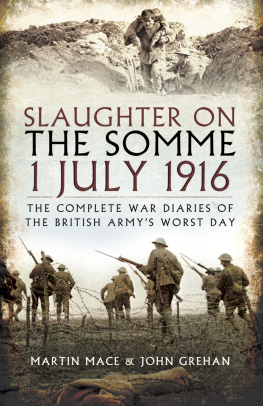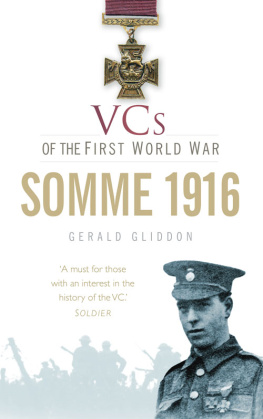Copyright 2015 by Paul Kendall
First Skyhorse Publishing edition 2016
First published in Great Britain in 2015 by Frontline Books, an imprint of Pen & Sword Books Ltd
All rights to any and all materials in copyright owned by the publisher are strictly reserved by the publisher.
All rights reserved. No part of this book may be reproduced in any manner without the express written consent of the publisher, except in the case of brief excerpts in critical reviews or articles. All inquiries should be addressed to Skyhorse Publishing, 307 West 36th Street, 11th Floor, New York, NY 10018.
Skyhorse Publishing books may be purchased in bulk at special discounts for sales promotion, corporate gifts, fund-raising, or educational purposes. Special editions can also be created to specifications. For details, contact the Special Sales Department, Skyhorse Publishing, 307 West 36th Street, 11th Floor, New York, NY 10018 or .
Skyhorse and Skyhorse Publishing are registered trademarks of Skyhorse Publishing, Inc., a Delaware corporation.
Visit our website at www.skyhorsepublishing.com.
10 9 8 7 6 5 4 3 2 1
Library of Congress Cataloging-in-Publication Data is available on file.
Cover design by Dave Cassan
Print ISBN: 978-1-5107-0862-4
Ebook ISBN: 978-1-5107-0874-7
Printed in the United States of America
Contents
List of Maps
Acknowledgments
T his volume is the result of several years of research. I am indebted to many individuals without whose assistance producing such a work would be impossible. Firstly I would like to thank Yves Fohlen, battlefield guide, Caverne du Dragon Museum, for proof-reading and for his continued friendship and support. I have known him as a friend for the past fifteen years and have spent many interesting times walking the battlefields of the First World War with him. I value his guidance, knowledge and tutelage regarding the Somme and all First World War subjects. Walking the Somme with Yves was an overwhelming experience; to follow in the footsteps of the British soldiers who advanced upon German lines on 1 July 1916 brought home the enormity of their task in the face of odds that were not in their favour. Despite the number of books we have read and the knowledge the two of us have acquired over the years, we both learnt so much by having the official war history maps as a reference as we walked this hallowed ground where so many British soldiers fell in one day.
I am extremely grateful to Paul Reed, author and renowned battlefield guide, for his support for this project and for distributing my appeal for information regarding this book on Facebook and Twitter.
I thank Carol Walker, Director of Somme Heritage Centre, for displaying my poster appealing for information for this volume and for kindly sending to me testimonies which are held in the museums collection. I would also like to thank the Ibis Hotel, Albert, and the Muse Somme 1916, also in Albert, for displaying this poster which resulted in me establishing contact with several descendants of soldiers who fought on 1 July 1916.
I would like to thank the Trustees of the IWM, London, for their kind permission to use material from the Department of Documents and Sound Collections. Every effort has been made, but if anyone has not been credited the publishers apologise and will correct the omission on reprint. Now that the veterans of the First World War have passed away the documents and the interviews that they hold in their collections are a lasting link to our understanding of the ordeal that these brave soldiers endured nearly a century ago, and they are invaluable to students of the subject.
In addition I would like to thank Sir Bayley Laurie (son of Captain John Laurie), Mary Ann Dearlove (daughter of Lieutenant-Colonel C.E. Moy), Dick Hubbard (Great nephew of Private Hal Russell) and Diana Stockford (dranddaughter of Brigadier-General Hubert Rees) for kindly allowing me to quote from their relatives testimonies that are kept in the archives of the Imperial War Museum Department of Documents.
I thank Beryl Read for allowing me to quote from the testimony of her father Private Albert Andrews. I extend my thanks to Sue Richardson for her permission to quote from her late husband Neil Richardsons book Orders are Orders , in which the testimony of Private Andrews was published.
I am grateful to Nicholas Coney and Judy Nokes at the National Archives for advising me on copyright issues relating to the material that they hold. Alison Metcalfe was extremely helpful at the Manuscript and Archive Collections, National Library of Scotland, for her assistance in gaining permission to quote from the diary of Field Marshal Sir Douglas Haig.
I extend my thanks to Helen Jones at the Keep Military Museum, Dorchester; Lesley Frater at the Fusiliers Museum of Northumberland at Alnwick Castle; Morag Mitchell and Bert Innes at the Gordon Highlanders Museum; Matthew Gamble at the Somme Heritage Centre, Bangor, for providing me with material from their museums archives. Sarah Stevenson, collections officer at the Fusiliers Museum, Bury, Lancashire, was extremely helpful in identifying testimonies from the museum archives relevant to this book.
I would like to thank the British Library Newspaper Archives, Colindale whose collection I was able to view on site. I also thank the following libraries, in particular Mark Breeden at Lichfield Library, Gwilym Games at Swansea Library, Mary Bradley & Angea McCrystal at Ballymena Library, Deborah Gahan at Barnstaple Library, Elaine Hunwick at Colchester Library, Susanne Costa Duquette at Taunton Public Library, Angela Shields at Grantham Library, Kevin Best at Lincoln Central Library, Susan Canton at Bradford Central Library, John Simpson at Accrington Library, Elaine Hunwik at Colchester Library, Sara Basquill at Lincoln Central Library, Martin Hayes at Crawley Library, Deborah Gahan at Barnstaple Library, Jane Nicholas at Derry Central Library; Mohamad Al at Nottingham Library.
The Commonwealth War Graves Commissions website is an essential reference for any student of the First World War One in cross-referencing facts and I thank them for establishing and developing an invaluable reference source.
I would like to thank Robin Schfer, Military Historian, Dinslaken in Germany, for his translation of a chapter relating to Hawthorn Redoubt from Regimental History of Infanterie-Regiment No.119, published in 1920.
I extend my thanks to Martin Mace and John Grehan at Frontline Books for their support and enthusiasm for this project. I also thank my parents David and Sylvia Kendall for the wonderful times spent in the distant past when we toured the battlefields of the First World War. I also thank my partner Tricia Newsome for her continued encouragement and support.
Introduction
T hrough the chalky valleys of Picardy the River Somme flows from high ground north from Ham towards Peronne, then turns west flowing through Amiens towards the English Channel. The word Somme is a Celtic wording mean tranquillity. There was nothing tranquil about the region during the First World War when the peaceful villages, picturesque landscape and pleasant woods of Picardy were transformed into impregnable fortresses and killing fields.
On 1 July 1916 the British Army suffered its heaviest ever casualties, amounting to 57,470 in one single disastrous morning. This date is mistakenly called the first day of the Battle of the Somme, for the first shots of the campaign were fired on 24 June 1916 when the preliminary artillery bombardment which was intended to destroy the German wire, front-line trenches, artillery batteries and the morale of the German infantry had begun. July 1st, the first day of the infantry assault, is synonymous with failure, and it marked the beginning of a campaign which developed into an immense battle of attrition fought for a further four and a half months. On that fateful day fifteen British divisions left their trenches on an eighteen-mile front to attack trenches occupied by six German divisions from German XIV Reserve Corps.

